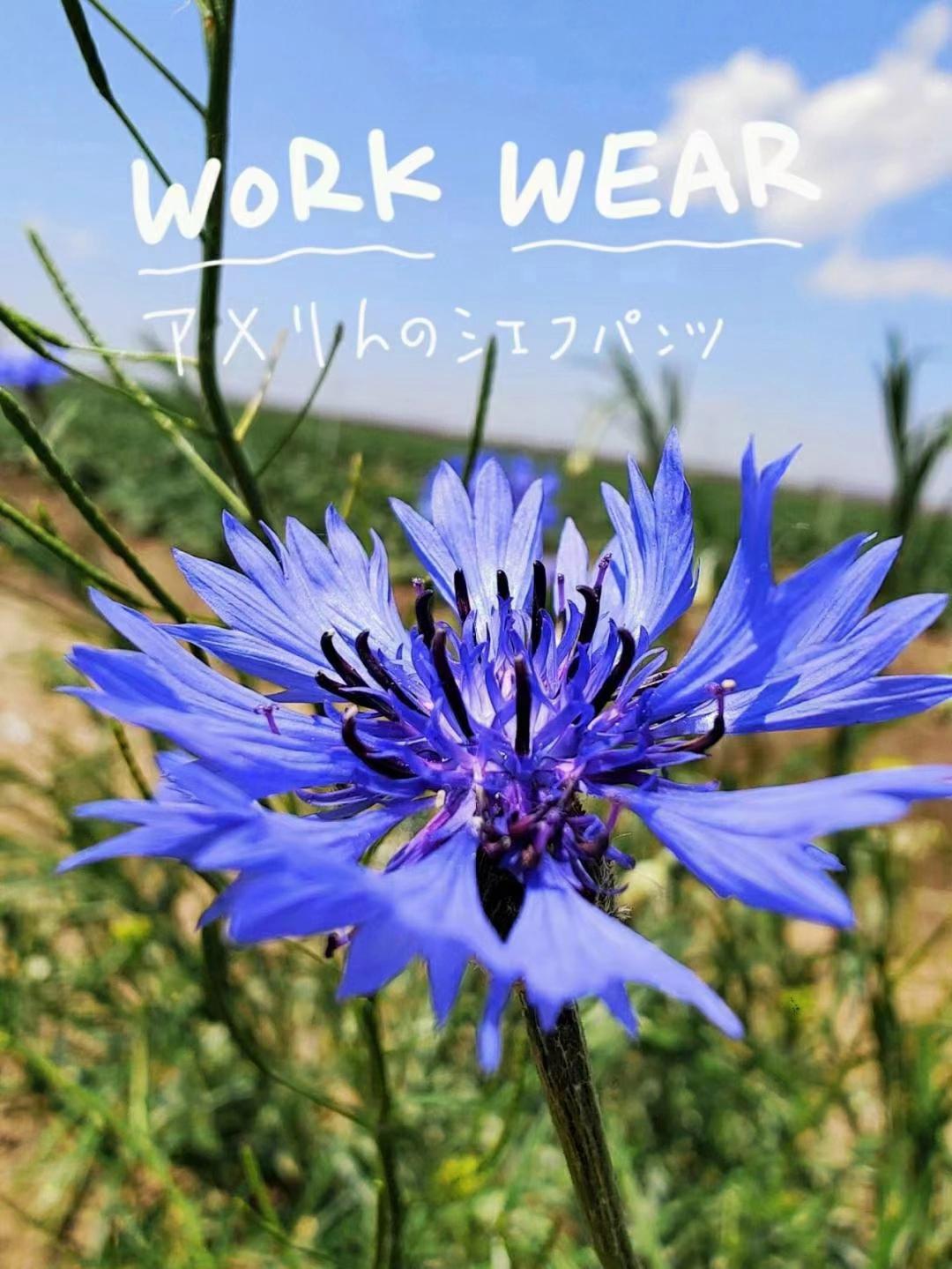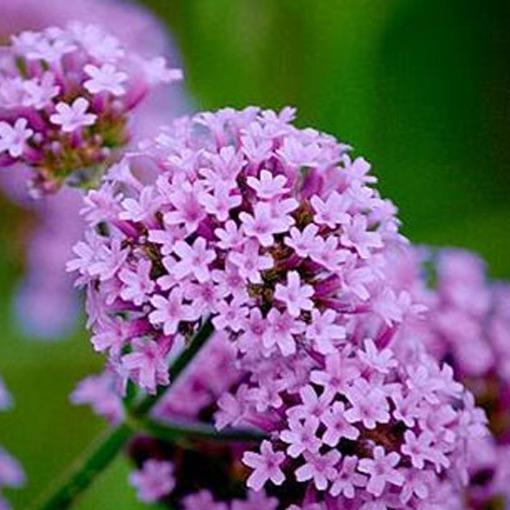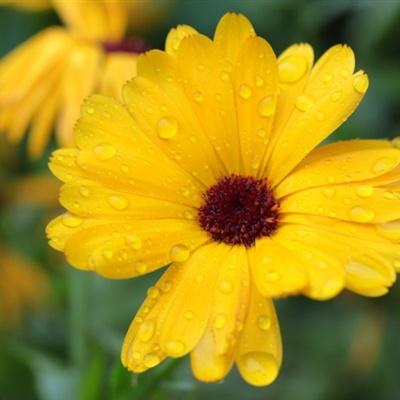Once upon a time, in the arid regions of Southern Africa, there was a family of fascinating plants called Aizoaceae. These plants, commonly known as ice plants, had a unique survival strategy. When faced with extreme heat or drought, they would store water in their succulent leaves, resembling tiny ice crystals. This adaptation not only helped them stay hydrated but also protected them from the scorching sun. Local indigenous communities believed that Aizoaceae had magical powers and used them for various medicinal purposes. Today, Aizoaceae continue to captivate botanists and nature enthusiasts alike with their extraordinary ability to thrive in challenging environments.
Picture
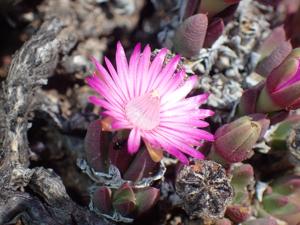
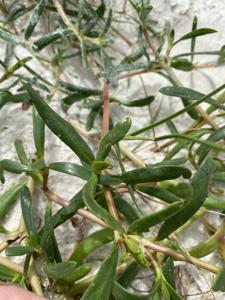
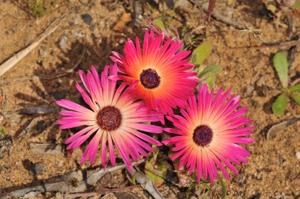
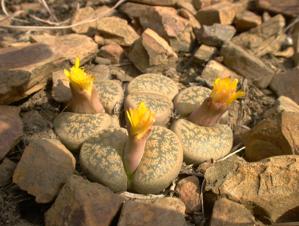
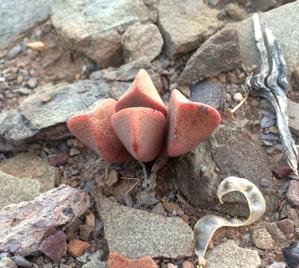
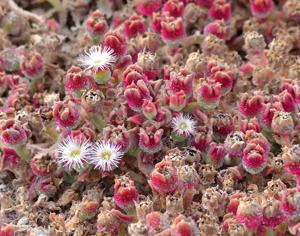
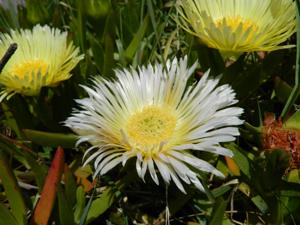
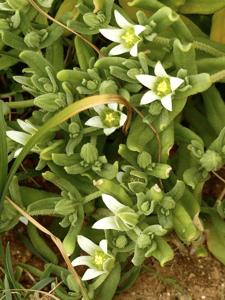
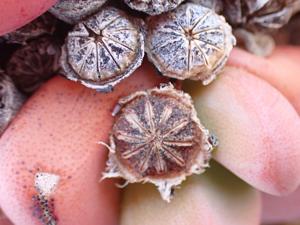
Plant some seeds now!
Short Description
The Aizoaceae (/eɪzoʊˈeɪsiːˌiː, -siˌaɪ/), or fig-marigold family, is a large family of dicotyledonous flowering plants containing 135 genera and about 1800 species. They are commonly known as ice plants or carpet weeds. They are often called vygies in South Africa and New Zealand. Highly succulent species that resemble stones are sometimes called mesembs.
Description
Mesembryanthemum guerichianum seedling, showing the epidermal bladder cells that inspired the name “ice plant”.
Pronunciation of the South African colloquial name, Vygie, for Aizoaceae.
The family Aizoaceae is widely recognised by taxonomists. It once went by the botanical name “Ficoidaceae”, now disallowed. The APG II system of 2003 (unchanged from the APG system of 1998) also recognizes the family, and assigns it to the order Caryophyllales in the clade core eudicots. The APG II system also classes the former families Mesembryanthemaceae Fenzl, Sesuviaceae Horan. and Tetragoniaceae Link under the family Aizoaceae.
The common Afrikaans name “vygie” meaning “small fig” refers to the fruiting capsule, which resembles the true fig. Glistening epidermal bladder cells give the family its common name “ice plants”.

